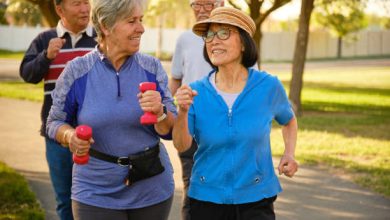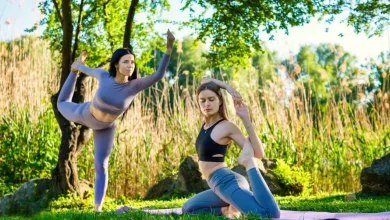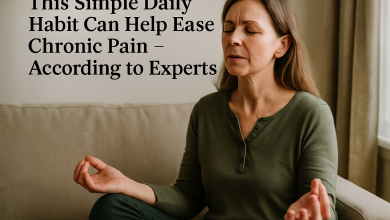7 Health Benefits of Dates

The biggest health benefits of dates have made them one of the best ingredients for muscle expansion. People use dates in some ways, for instance mixing the paste of the dates with milk, yogurt and with butter or bread to make them even more tasty. The paste is beneficial for Well-being both adults and kids, particularly during a time of improvement from injury or sickness.
Protein Rich
Dates are a rich source for proteins that help us in staying well, and still keep our muscles strong.
Lowers Cholesterol
Including dates in smaller quantities in your daily diet can help you keep a check on cholesterol level, and even assist in weight loss.
Rich in Vitamins
Dates have vitamins such as B1, B2, B3 and B5, as well as A1 and C. If you have a few dates every day, you won’t have to take vitamin supplements. Not only will it keep you strong, there will be a obvious change in your energy levels as well since dates include natural sugars such as glucose, sucrose, and fructose, too.
Improves Bone Health
Dates are rich in manganese, selenium, magnesium, copper and all of these are necessary when it comes to keeping our bones healthy, and preventing situation such as osteoporosis.
Rich in iron
Apart from the fluorine that keeps your teeth healthy, dates also include iron, which is highly suggested for those who suffer from iron lack.
Improves skin
if you suffer from skin problems, include dates into your diet might help you in the long run. Plus dates also come with anti-ageing benefits, and avoid the increase of melanin in your body.
Boosting Brain Health
Some studies, one found in JAMA Internal Medicine, found that sufficient vitamin B6 are connected with improved brain performance and improved test scores.
Although dates take wonderful nutritional values, huge care should be taken in their range because their surface is very sticky, which often attracts various impurities. Also, make sure to clean them carefully before you eat them, as this will help take away the impurities present on the surface.
By : Natural Health News




